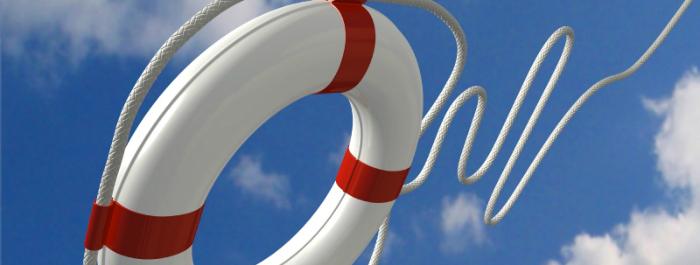
Fall protection solutions are essential to keep workers safe and ensure productivity. In 2020, the National Safety Council reported 127,680 work-related injuries that required days away from work. These are preventable injuries that are emotionally and financially debilitating for workers, and result in a financial loss for organizations and the wider economy.
In Part I of this series, Scott Gaddis, looks at how falls on the same level happen in the workplace and the impact they can have on workers. In Part II here, Scott examines the role of risk assessments in helping to prevent slips, trips and falls. Part III examines how hierarchy of controls can contribute to continuous safety improvement in fall prevention.
Risk Assessment to Prevent Falls on the Same Level
The objective of risk assessment and analysis is to understand the level of risk associated with the hazards found in the work environment as well as … Read more...



